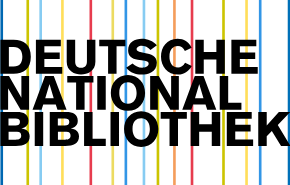HISTORICAL ASPECTS OF THE DEVELOPMENT OF AGRARIAN RELATIONS IN UZBEKISTAN" (SECOND HALF OF THE 19TH CENTURY - 20TH CENTURY)
DOI:
https://doi.org/10.55640/Keywords:
Agrarian relations, land ownership, Russian Empire, Soviet collectivization, cotton monoculture, land reforms, dekhkan, kolkhoz, irrigation.Abstract
This article explores the historical evolution of agrarian relations in Uzbekistan from the second half of the 19th century through the 20th century. It examines the transformation of land ownership, irrigation systems, the role of the Russian Empire and Soviet policies, and their impact on local agricultural practices and rural society. The study highlights the continuity and change in land relations, emphasizing the role of reforms, colonial influence, and socialist collectivization in shaping Uzbekistan’s agrarian landscape.
References
1.Pierce, R. A. (2000). Russian Central Asia 1867–1917: A Study in Colonial Rule. University of California Press.
2.Keller, S. (2001). To Moscow, Not Mecca: The Soviet Campaign Against Islam in Central Asia, 1917–1941. Princeton University Press.
3.Khalid, A. (2015). Making Uzbekistan: Nation, Empire, and Revolution in the Early USSR. Cornell University Press.
4.Spoor, M. (1993). Transition to Market Economies in Former Soviet Central Asia: The Agriculture Sector. The Journal of Peasant Studies.
Downloads
Published
Issue
Section
License

This work is licensed under a Creative Commons Attribution 4.0 International License.
Authors retain the copyright of their manuscripts, and all Open Access articles are disseminated under the terms of the Creative Commons Attribution License 4.0 (CC-BY), which licenses unrestricted use, distribution, and reproduction in any medium, provided that the original work is appropriately cited. The use of general descriptive names, trade names, trademarks, and so forth in this publication, even if not specifically identified, does not imply that these names are not protected by the relevant laws and regulations.







